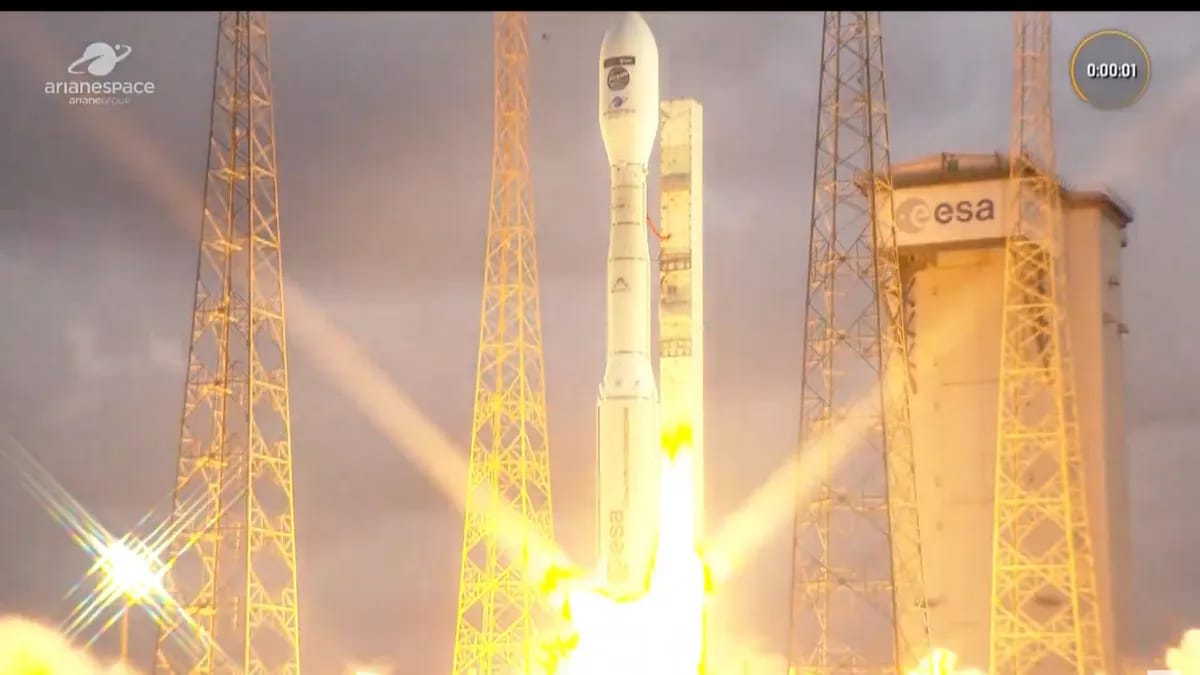Europe's Vega-C rocket has resumed operations, achieving a successful launch on December 5, 2024, after a two-year suspension due to a failure during its previous mission. The rocket, operated by French aerospace company Arianespace, carried the Copernicus Sentinel-1C Earth-observation satellite into orbit. The launch took place at 4:20 p.m. EST from the Guiana Space Centre in Kourou, French Guiana, following a postponed attempt caused by a mechanical issue on December 4.
Launch Details and Mission Objectives
As per sources, the Vega-C rocket deployed Sentinel-1C into a sun-synchronous orbit approximately 435 miles (700 km) above Earth. The satellite, part of the European Union's Copernicus Earth-observation programme, serves as a replacement for Sentinel-1B, which became non-operational due to a technical fault in 2022. Sentinel-1C will work alongside Sentinel-1A to capture high-resolution imagery of Earth's surface, providing critical data for environmental monitoring and disaster management.
Christoph Kautz, Director of Satellite Navigation and Earth Observation at the Directorate-General for Defence Industry and Space (DG DEFIS), stated during a prelaunch briefing that over 30 petabytes of data have been generated since the Sentinel-1 programme began. He also noted the programme's significant role in supplying users with over 150,000 products derived from this data.
Technological Updates to Vega-C and Future Plans
Reportedly, the two-year hiatus of Vega-C was attributed to a redesign of its second-stage rocket engine nozzle, following the failure of its second mission in December 2022. Giulio Ranzo, CEO of Avio, which designs the rocket under a European Space Agency (ESA) contract, described the relaunch as a critical step in fulfilling 15 upcoming missions in Vega-C's backlog, in a statment.
The ESA has also announced plans to replace Vega-C with Vega-E, a next-generation rocket featuring an upgraded liquid oxygen-methane engine, known as the M-10. According to ESA Director of Space Transportation Toni Tolker-Nielsen, in a statement, contracts for its implementation are expected to be signed by year-end.
Sentinel-1A, operational since 2014, is slated for replacement by Sentinel-1D in September 2025, further enhancing the constellation's observational capabilities.
































